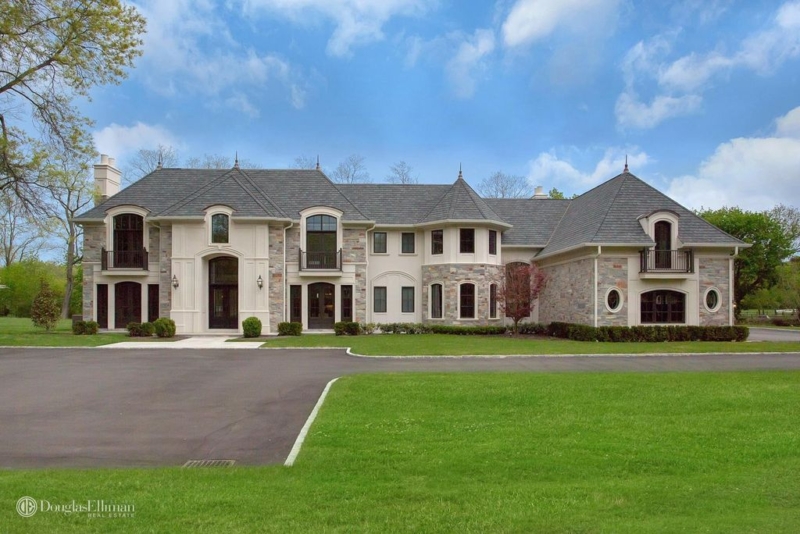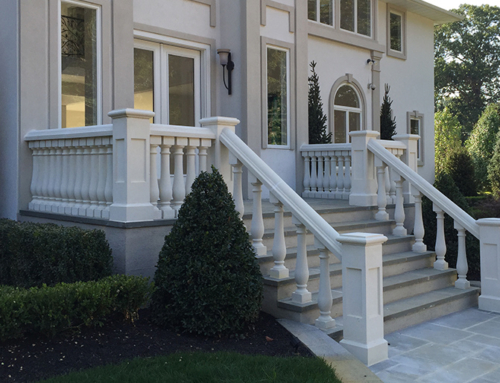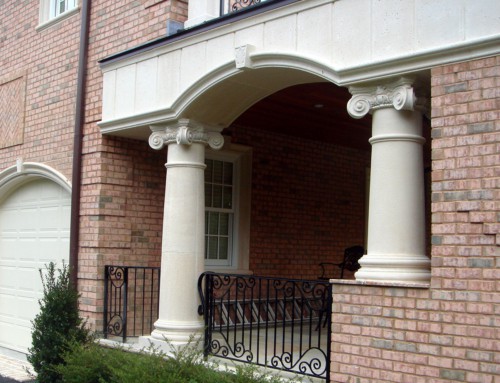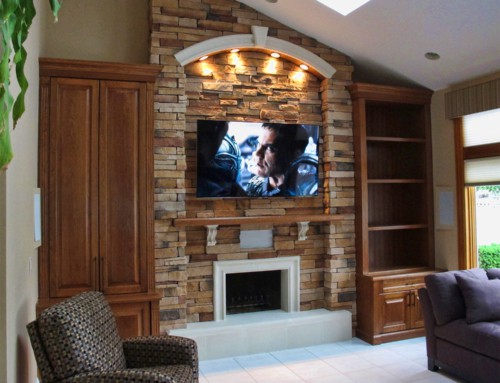Florida’s architectural landscape is a fusion of modernity and tradition, influenced by the state’s diverse culture and unique environment. In recent years, architectural precast concrete products have been making a significant impact on the design and construction industry in the Sunshine State. These versatile and sustainable materials have breathed new life into Florida’s buildings and infrastructure, offering a range of benefits that align perfectly with the region’s demands. In this blog post, we will explore the various aspects of architectural precast concrete products in Florida, from their aesthetic appeal to their environmental advantages.
Aesthetic Appeal and Design Flexibility
Architectural precast concrete products have transcended their utilitarian origins to become works of art in their own right. In Florida, where coastal elegance, Art Deco, and Mediterranean influences are prevalent, precast concrete has provided designers with a medium to manifest their creative visions. The versatility of precast concrete allows for intricate detailing, texture, and coloring, enabling architects to emulate the look of natural stone, brick, or even wood. This flexibility enables architects to seamlessly integrate precast elements into both historic and contemporary designs.
Whether it’s ornate balustrades on a historic mansion in Coral Gables or the sleek façade of a luxury condominium in Miami Beach, precast concrete products have elevated Florida’s architectural aesthetic, adding a touch of sophistication and uniqueness to every project.
Durability and Weather Resistance
Florida’s climate, characterized by humidity, frequent rain, and the potential for tropical storms, demands materials that can withstand the elements. Architectural precast concrete products are renowned for their durability and weather resistance. The inherent strength of concrete combined with modern production techniques ensures that precast elements remain structurally sound and visually appealing over time, even in the face of Florida’s challenging weather conditions.
Sustainability and Environmental Benefits
As sustainability continues to drive architectural practices, precast concrete products have emerged as an eco-friendly solution in Florida. The production process for precast concrete generates lower carbon emissions compared to other construction materials, making it a greener choice for builders and developers. Additionally, precast concrete’s thermal mass properties contribute to energy efficiency by regulating temperature and reducing the need for extensive heating or cooling systems, which is particularly valuable in Florida’s warm climate.
Local Sourcing and Economic Impact
The availability of raw materials and skilled craftsmanship has made Florida a hub for architectural precast concrete production. Local sourcing reduces transportation costs and carbon emissions associated with long-distance shipping, while also supporting the state’s economy. This symbiotic relationship between designers, manufacturers, and the local community has fostered innovation and excellence in architectural precast concrete production.
Conclusion
Architectural precast concrete products have undeniably left an indelible mark on Florida’s built environment. From iconic landmarks to everyday structures, these versatile materials have proven their worth in terms of aesthetics, durability, and sustainability. Coral Cast Florida is looking to build on that momentum by providing architectural precast that half the cost of its competitors and top quality. With a unique ability to seamlessly blend tradition and modernity, precast concrete products continue to shape the architectural identity of Florida, elevating both the form and function of the state’s structures.
As Florida’s design and construction industry continue to evolve, it’s clear that architectural precast concrete products will remain a cornerstone of innovation, contributing to the state’s ever-evolving architectural narrative.




